- By 2035, the total scale of the physical network of the transportation network in Gansu Province will reach about 48,000 kilometers
- Focusing on countries and regions along the Belt and Road, plan to promote the construction of key high-speed rail projects and highway projects
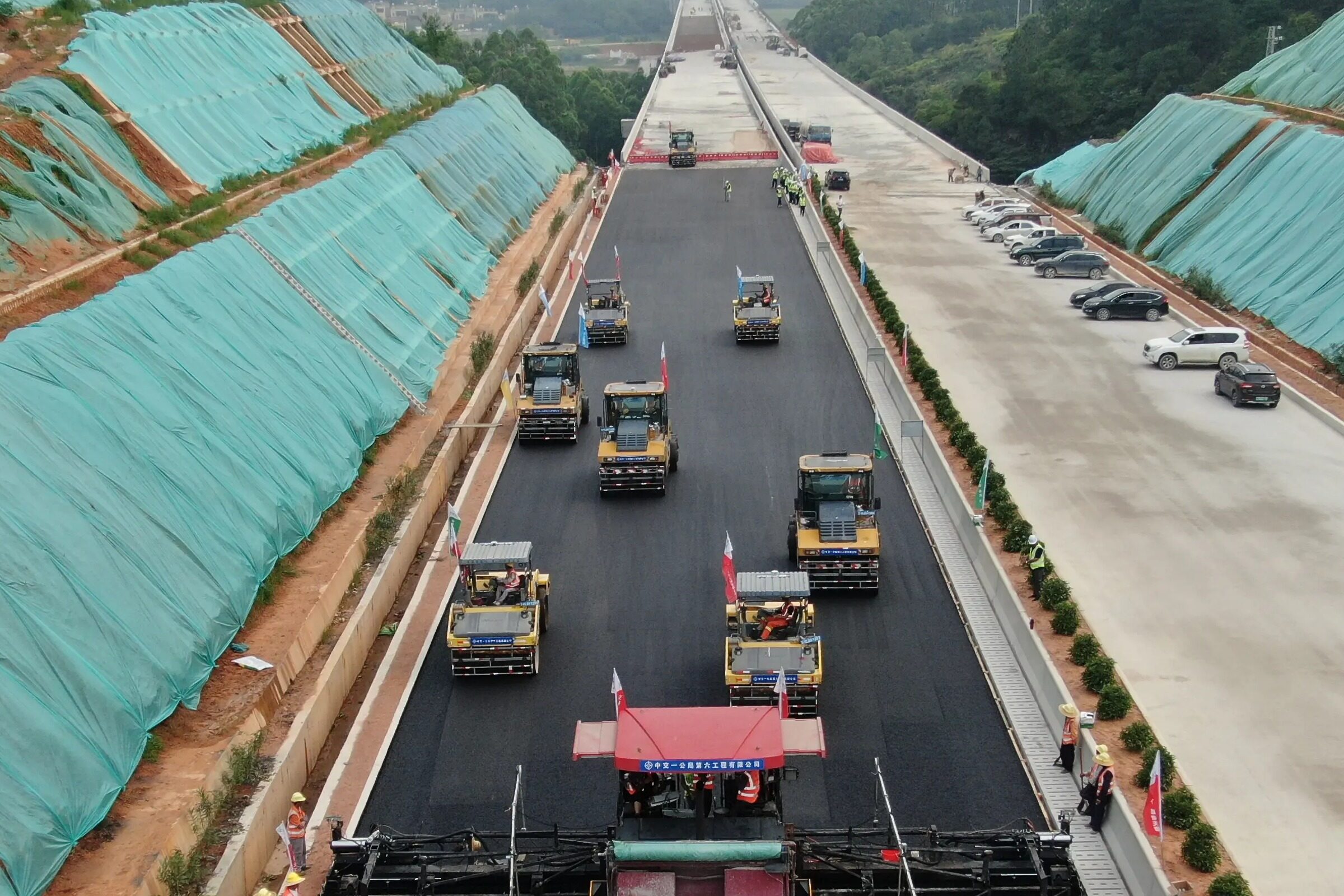
Prosperity through the ages, pioneering in transportation, and building a strong transportation country has become the key goal of China's future transportation development. Recently, the Gansu Provincial Party Committee and the Provincial Government issued the "Planning Outline of Comprehensive Three-dimensional Transportation Network in Gansu Province". The "Outline" proposes that by 2035, Gansu Province will have basically built a modern and high-quality comprehensive three-dimensional transportation network, and basically formed a "123" travel circle and a fast cargo logistics circle. The railway network basically realizes that the municipal administrative center can access the high-speed railway in 45 minutes, and the county-level administrative center can access the railway in 60 minutes. Perfect, basically realize 60 minutes from the municipal administrative center to the airport.
"123" travel circle and fast cargo logistics circle
In terms of transportation: the one-hour commuting (reach) network in the Lanzhou metropolitan area has been further improved, and the municipal administrative centers and major county-level administrative centers in the Jiujia, Tianshui metropolitan areas and the Hepingqing joint metropolitan area have achieved one-hour access; Lanxi urban agglomeration, Guanzhong The main adjacent cities in the Plain City Cluster can be reached within 2 hours; the main urban area of Lanzhou can be reached within 3 hours from other cities (prefectures) in the province and major cities across the country.
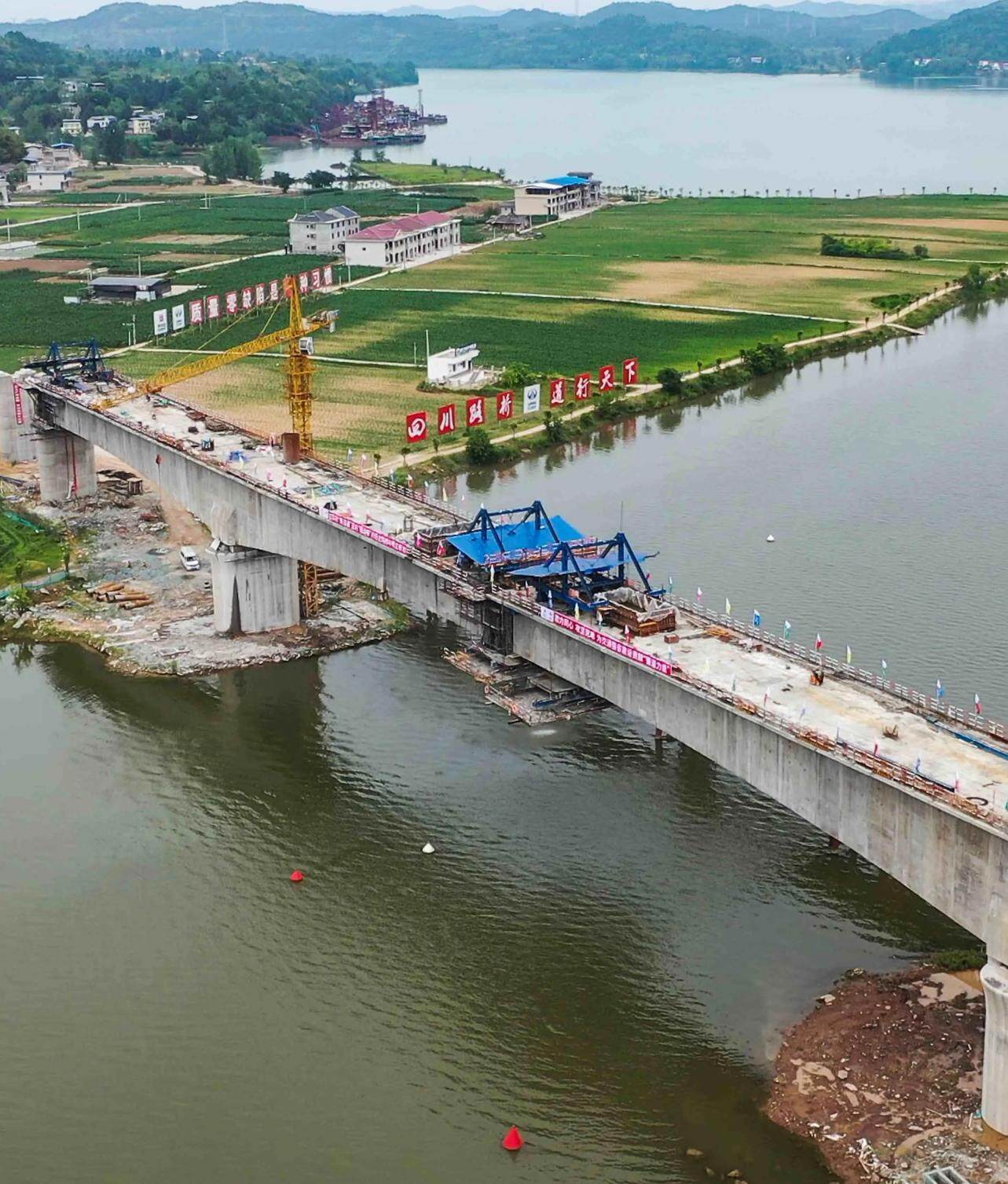
In terms of express cargo logistics: basically achieve domestic delivery in 1 day, neighboring countries in 2 days, and major cities around the world in 3 days.
Constructing and perfecting a comprehensive three-dimensional transportation network
By 2035, the total scale of the province's comprehensive three-dimensional transportation network will reach about 48,000 kilometers (excluding air routes and postal routes). Among them, about 9,000 kilometers of railways, about 38,000 kilometers of highways, and about 1,000 kilometers of inland waterways. There are 4 inland ports, 14 civil (including military and civilian) transport airports, and about 50 general airports.
To this end, Gansu Province will build the main skeleton of a high-efficiency comprehensive three-dimensional transportation network, and the main skeleton of the comprehensive three-dimensional transportation network has a physical line network mileage of about 26,000 kilometers. Build three main traffic corridors in Gansu Province: "Silk Road", "Western Land and Sea" and "Ningganqing" (Yinchuan-Lanzhou-Xining); build Lanzhou-Pingliang-Qingyang-Yan'an, Yinchuan-Qingyang/Pingliang-Xi'an , Yan'an - Qingyang - Pingliang - Tianshui - Longnan - Jiuzhaigou - Chengdu, Wuliji - Wujinzhang Economic Circle - Xining, Ceke Port - Jiujia, Mazong Mountain - Dunhuang - Golmud 6 main traffic channels.
Multi-level integrated integrated transportation hub system
Accelerate the construction of 2 national comprehensive transportation hub cities of Lanzhou, Jiuquan-Jiayuguan, and 6 regional comprehensive transportation hub cities of Tianshui, Qingyang, Longnan, Wuwei, Zhangye and Dunhuang, and strive to cultivate Tianshui into a national comprehensive transportation hub city. Accelerate the construction of 6 regional comprehensive transportation hub cities of Baiyin, Dingxi, Linxia, Jinchang, Pingliang and Gannan, and build a comprehensive transportation hub city pattern of "one center, two wings, multiple poles and multiple points".
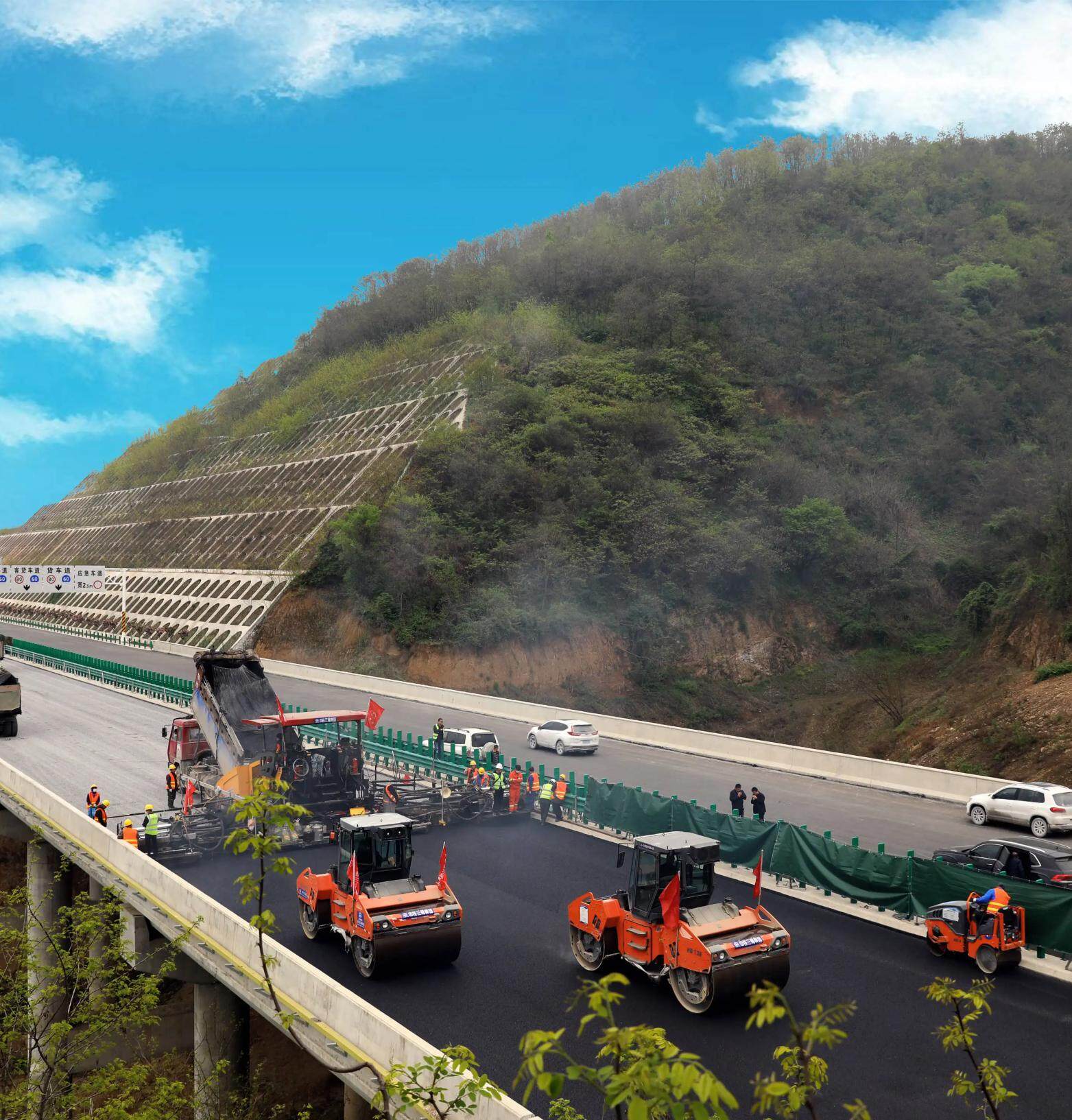
"One Heart": Relying on the Lanxi urban agglomeration and Lanzhou metropolitan area, implement the action of strengthening the provincial capital in transportation, focusing on the construction of Lanbai, a national comprehensive transportation hub city in Lanzhou, supported by regional comprehensive transportation hub cities such as Baiyin, Dingxi, and Linxia. The economic circle is a comprehensive transportation hub city cluster, and Lanzhou is built into an international comprehensive transportation hub, focusing on improving Lanzhou's international transportation service function, comprehensive carrying capacity and radiation driving force for the province's economic and social development.
"Two Wings": First, relying on the Hexi Corridor Economic Belt, focusing on the construction of Hexi with the Jiuquan-Jiayuguan national comprehensive transportation hub city as the center, Dunhuang, Wuwei, Zhangye regional comprehensive transportation hub cities and Jinchang regional comprehensive transportation hub cities as the support The development of the "West Wing" of the corridor's comprehensive transportation hub. The second is to rely on the Guanzhong Plain urban agglomeration and the Longdongnan Economic Belt, focusing on the development of Longdongnan comprehensive transportation hubs centered on regional comprehensive transportation hub cities such as Tianshui and Qingyang, and supported by regional comprehensive transportation hub cities such as Pingliang and Gannan.” East Wing".
At the same time, focus on building about 50 comprehensive transportation hub stations. Accelerate the construction of urban agglomerations and expressways in metropolitan areas, promote the construction of urban expressways, ring roads and public transportation facilities, and strengthen the connection between urban rail transit and other modes of transportation.
"East out", "North expansion", "Western", "Southbound"
On the basis of consolidating "exit from the east" and promoting "expansion from the north", focus on "going west" and "going south", and organize and implement a number of major projects around key routes and nodes in the external passage.
"Exit from the East": Focusing on countries and regions along the Belt and Road, plans to promote the construction of high-speed rail projects such as Lanzhou via Pingliang, Qingyang to Yan'an to Beijing and Lanzhou to Hanzhong to Shiyan, and highway projects such as the upgrading and reconstruction of G341 and G309 lines.
"Northward extension": along the China-Mongolia-Russia International Economic Corridor and other directions, actively promote the expansion and reconstruction of Jiace Railway, and railway construction projects such as Liugou to Hongshaliang to Mazongshan, and implement S35 Jingli Expressway, G215 Line, G307 Line, Highway construction projects such as the G213 line.

"Go West": Improve the service capabilities of Lanzhou, Dunhuang and Jiayuguan International Airports, expand the passenger and cargo transportation routes of Jiayuguan and Dunhuang Mogao International Airports, and establish a number of international airport industrial parks. Research and promote projects such as the Dunhuang-Ruoqiang (Lop Nur) railway and the Aksai-Lapeiquan highway.
"Southbound": Strengthen passenger routes from Lanzhou to Singapore, Kuala Lumpur, Bangkok, etc. Improve the southbound service capabilities of airports in the province. Speed up the construction of G1816 Uma Expressway, G0611 Zhangwen Expressway, and G8513 Pingmian Expressway in Gansu Province. Promote the construction of the water channel to the south of the Bailong River.
Cross-mode Cross-region Cross-field Interconnection
Focusing on the main skeleton of the comprehensive three-dimensional transportation network of "three corridors and six channels", organize and implement a number of major projects to promote the integrated development of transportation infrastructure across modes, regions, and fields.
Railway: Focus on building a rapid passenger network with Baolan High-speed Railway, Lanxin High-speed Railway, Lanzhou-Zhangjiakou Line 3 and 4 as the main axis, and Zhonglan, Yinxi, Lanhe, Xicheng and other railways radiating the whole area. Accelerate the construction of railway projects such as the Zhonglan high-speed railway, the Lanzhou-Zhangjiakou Line 3 and 4, and Tianshui-Longnan, and promote the construction of the Dingxi-Pingliang-Qingyang railway as soon as possible.
In terms of highways: Speed up the construction of urban expressways in Lanzhou, Tianshui, Jiujia and other cities. Actively promote the expansion and reconstruction of busy national expressway sections such as G30 Lianhuo Expressway, G6 Beijing-Tibet Expressway, and G22 Qinglan Expressway.
In terms of water transportation: promote the shipping construction project of the Lanzhou urban section of the Yellow River, the second-phase shipping construction project of the Yellow River Wujinxia Reservoir area and Longwan to Nanchangtan, the shipping construction project of the Yellow River Dahejia to Bingling Power Station, the comprehensive waterway improvement project of the Linxiazhou Basin, the main stream of the Yellow River, and the Bailongjiang River. Construction of shipping projects from Bikou to Canzigou (Ganchuan boundary) in Wenxian County.
Civil aviation: Accelerate the third-phase expansion of Lanzhou Zhongchuan International Airport, the relocation of Tianshui military-civilian airport, the reconstruction and expansion project of Jiayuguan Airport, and new airports in Linxia and Pingliang.
Relying on railways, airports and urban transportation, a number of comprehensive passenger transport hubs such as Lanzhou West, Qingyang and Tianshui will be built. Relying on Dunhuang Mogao International Airport, high-speed railway station and tourism resources, build a comprehensive passenger transport hub in Dunhuang. Focus on building a batch of open and three-dimensional comprehensive passenger transport hubs within the province. At the same time, relying on the airport and dry port centered on Lanzhou, a group of international freight hub ports will be built to coordinate transshipment, port, bonded, customs clearance, inspection and quarantine, postal express and other functions.
Helping rural revitalization to develop the integration of transportation and tourism
Improve the external transportation network in rural areas to achieve effective connection with central cities, airports and tourist attractions, and through regional airports and general aviation airports to achieve communication between remote areas with inconvenient traffic and cities with better economic and social development. Accelerate the construction of qualified natural villages (groups) with hardened roads and townships with third-level and above roads, and strengthen the connection of internal channels in rural areas.

Build a convenient and efficient "fast-forward" transportation network. Strengthen direct tourist flights with Lanzhou Zhongchuan International Airport as the core and regional airports as the support, and open and intensify the flight routes from airports in the province to major tourist source cities at home and abroad. Relying on the Lanxin high-speed railway, Baolan high-speed railway and other rapid transportation networks, research and develop long-term trains, moving sleepers, and special tourist trains directly to Gansu Province from major domestic tourist sources.
Implement the construction of "ecological highways" and "landscape corridors", promote the development of green highways and tourist scenic roads, and build a "slow travel" transportation network that integrates "food, accommodation, travel, shopping and entertainment", "business, education, leisure and curiosity". . Build a parking viewing platform integrating service functions and scenic viewing, and form a number of traffic and tourism landscape corridors. Relying on key cultural and tourist attractions, scenic corridors, and important transportation nodes, build RV camps and transportation stations, and create a group of service areas with distinct themes and outstanding characteristics. Relying on the Yellow River, Bailong River and other important navigable rivers to develop water sightseeing tourism. Build a general aviation airport network, promote low-altitude flight between scenic spots, and cultivate low-altitude tourism products. Editor / Xu Shengpeng
Comment
 Praise
Praise
 Collect
Collect
 Comment
Comment
 Search
Search


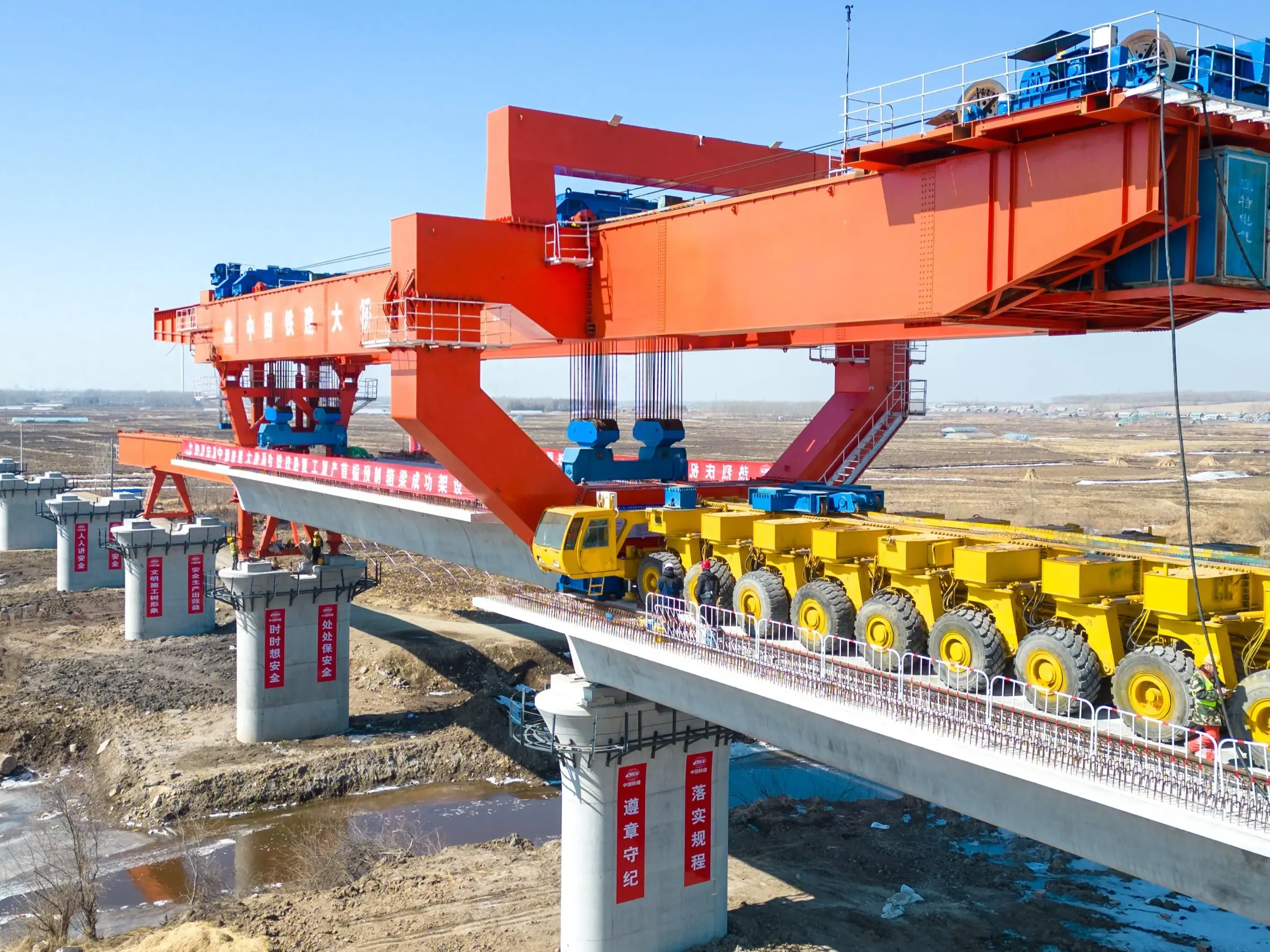


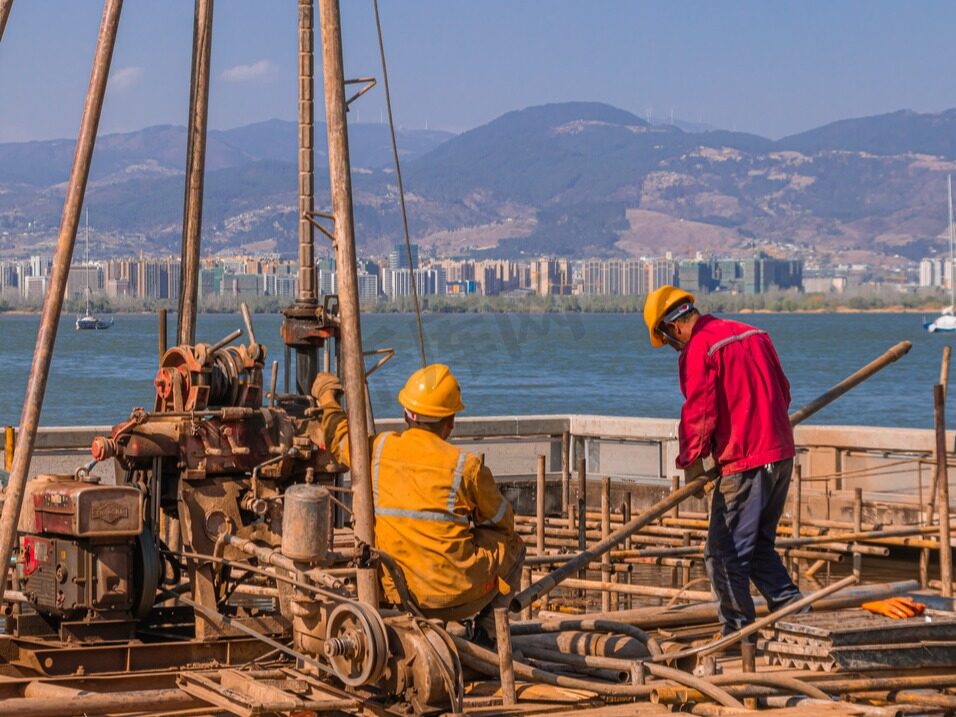
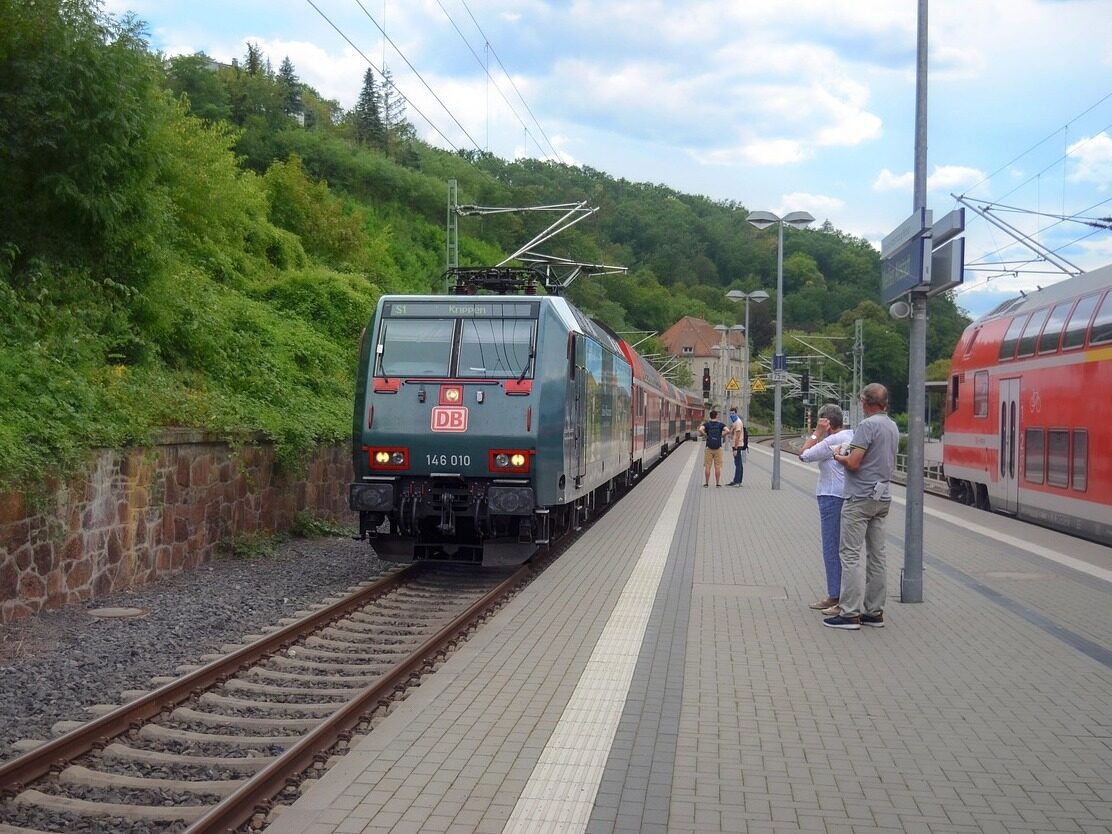







Write something~